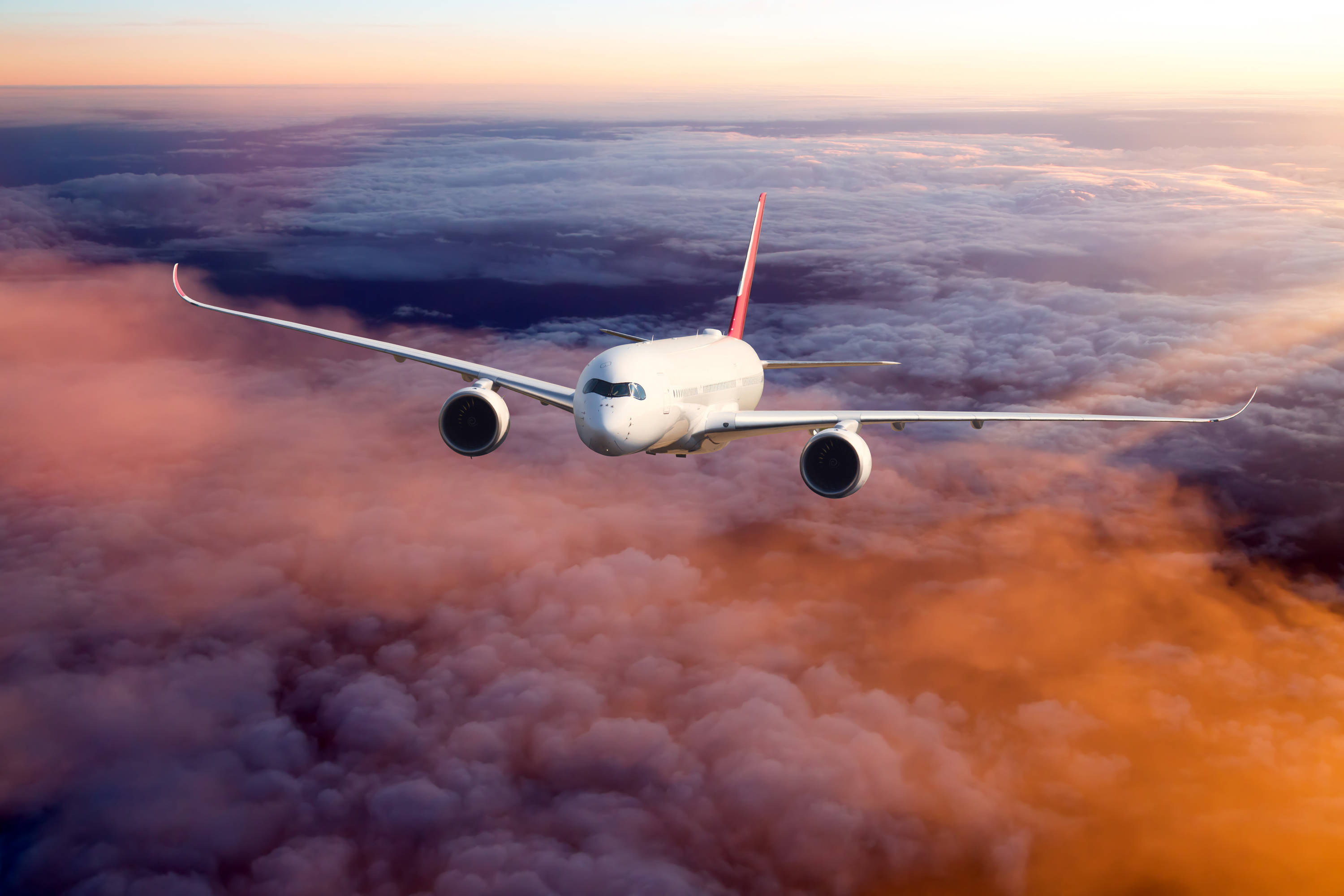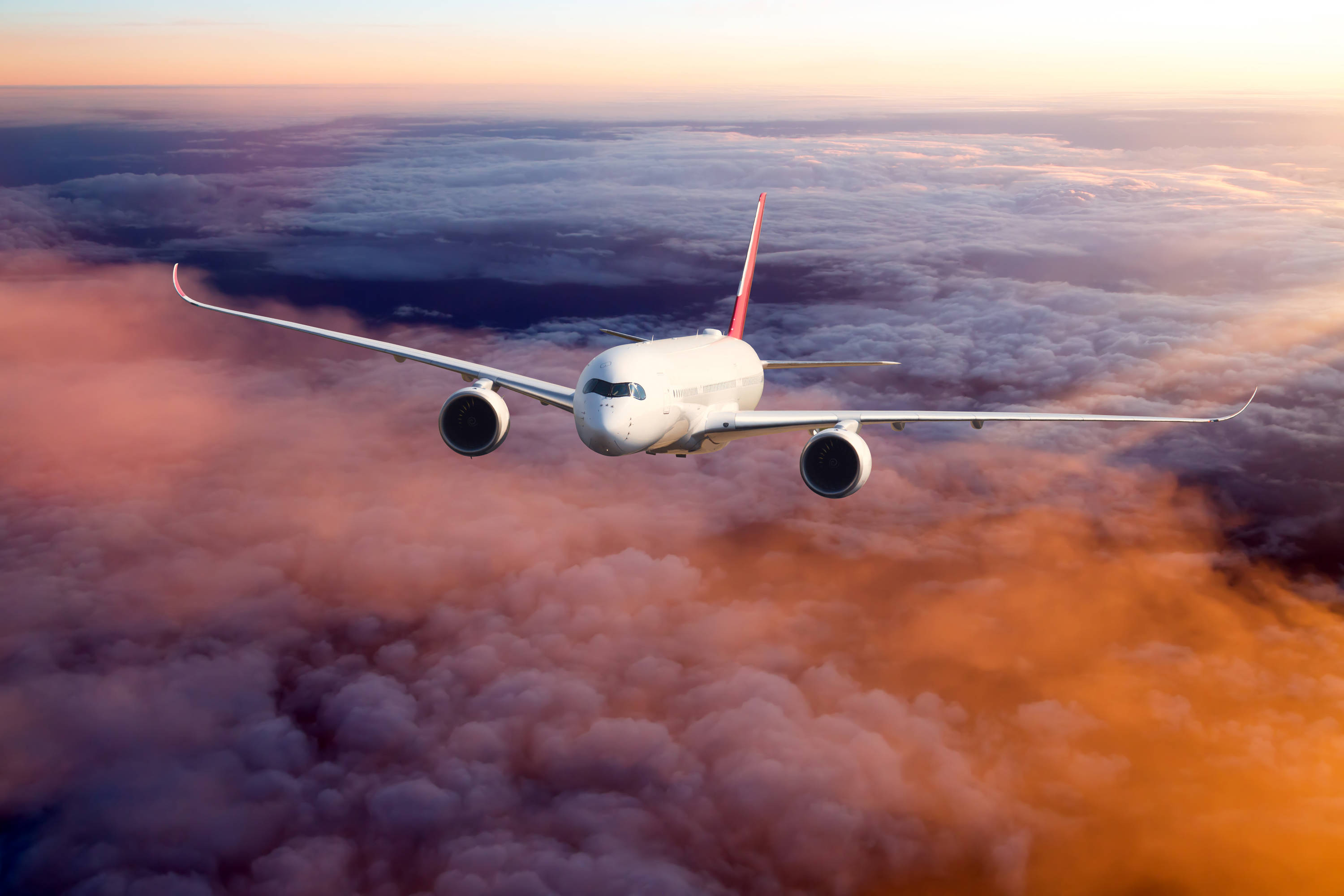


Stefano Baronci, Director General, ACI Asia-Pacific, argues that the industry must collaborate to optimise operational efficiency.
Drivers for recovery
By now, we are all too familiar with the impact of the pandemic on the aviation industry. Looking specifically at airports, it has meant plummeting passenger numbers, wiped out revenues, closures of terminals and runways, runways turning into parking lots, empty retail outlets and restaurants, layoffs, furloughs and extended certifications.
Like air navigation service providers (ANSPs), airports have fixed infrastructure and costs that can’t be temporarily grounded or rerouted.
Airports in Asia-Pacific were the first to take the hit. Traffic dropped by unimaginable double-digits, averaging around -95% at its worst point in April. Airports in the Asia-Pacific and Middle East region are forecasted to lose US$36.4 billion for the full year 2020.
Airports in Asia-Pacific were also the first to put in place a host of health and hygiene measures, figuring out the blueprint for the future. The new blueprint gives us a glimpse into the airport of the future filled with hygiene robots, thermal scanners, disinfecting booths and mandatory face masks.
To help its airport members manage through the operational challenges, ACI Asia-Pacific quickly put together a regional Task Force bringing together airport professionals from across the Middle East and Asia and issued a wide range of guidance materials.
Cooperation and consistency between institutional and industry stakeholders will be key drivers for the industry to successfully restart and sustain a balanced recovery from the unprecedented global challenge posed by COVID-19. The health and safety of passengers and staff remains the overriding priority.
ACI Asia-Pacific has pledged its full support to the ICAO Council’s Aviation Recovery Task Force (CART) recommendations and industry guidance material. It can’t be stressed enough that a consistent, harmonised approach across the region, and indeed globally, is critical to avoid a patchwork of different rules and regulations for passengers and operators.
It is safe to say that 2020 will go down in aviation history books as its annus horribilis. Thought early on to be an Asian issue, within weeks of low key Lunar New Year celebrations at the end of January, COVID-19 was spreading and a pandemic took over the world.
The collapse of air travel and its restart will require a new approach to capacity planning. This provides a unique opportunity for further cooperation between CANSO and ACI Asia-Pacific members in forecasting air traffic demand and planning capacity accordingly.
Pre-pandemic, traffic in Asia-Pacific was firmly on the rise requiring airport capacity to be aligned with air traffic management to avoid unused excesses. New traffic forecasts will need to take into account the shape and timeline of the recovery.
On a regional level, we see opportunities for integration between air traffic flow management (ATFM) and airport collaborative decision making (A-CDM) and the creation of a runway capacity management group among the respective members of ACI and CANSO. This type of cooperation could lead to tangible improvements.
Looking longer term, let’s not forget that for the last decade Asia-Pacific has been the fastest-growing region in the world, both in terms of passenger and cargo traffic. This will continue in the future, as soon as the situation normalises.
Taking all this into account, tackling the capacity crunch both in the sky and on the ground in a sustainable manner will be a paramount priority. By adding more pressure on the need for more operational efficiency, the climate change emergency makes the case for airport and ATM integration a no-brainer.
Capacity planning


Stefano Baronci
Director General,
ACI Asia-Pacific
Airspace Article



Airspace Article
Drivers for recovery
Stefano Baronci, Director General, ACI Asia-Pacific, argues that the industry must collaborate to optimise operational efficiency.

Read full article
By now, we are all too familiar with the impact of the pandemic on the aviation industry. Looking specifically at airports, it has meant plummeting passenger numbers, wiped out revenues, closures of terminals and runways, runways turning into parking lots, empty retail outlets and restaurants, layoffs, furloughs and extended certifications.
Like air navigation service providers (ANSPs), airports have fixed infrastructure and costs that can’t be temporarily grounded or rerouted.
Airports in Asia-Pacific were the first to take the hit. Traffic dropped by unimaginable double-digits, averaging around -95% at its worst point in April. Airports in the Asia-Pacific and Middle East region are forecasted to lose US$36.4 billion for the full year 2020.
Airports in Asia-Pacific were also the first to put in place a host of health and hygiene measures, figuring out the blueprint for the future. The new blueprint gives us a glimpse into the airport of the future filled with hygiene robots, thermal scanners, disinfecting booths and mandatory face masks.
To help its airport members manage through the operational challenges, ACI Asia-Pacific quickly put together a regional Task Force bringing together airport professionals from across the Middle East and Asia and issued a wide range of guidance materials.
Cooperation and consistency between institutional and industry stakeholders will be key drivers for the industry to successfully restart and sustain a balanced recovery from the unprecedented global challenge posed by COVID-19. The health and safety of passengers and staff remains the overriding priority.
ACI Asia-Pacific has pledged its full support to the ICAO Council’s Aviation Recovery Task Force (CART) recommendations and industry guidance material. It can’t be stressed enough that a consistent, harmonised approach across the region, and indeed globally, is critical to avoid a patchwork of different rules and regulations for passengers and operators.
It is safe to say that 2020 will go down in aviation history books as its annus horribilis. Thought early on to be an Asian issue, within weeks of low key Lunar New Year celebrations at the end of January, COVID-19 was spreading and a pandemic took over the world.
The collapse of air travel and its restart will require a new approach to capacity planning. This provides a unique opportunity for further cooperation between CANSO and ACI Asia-Pacific members in forecasting air traffic demand and planning capacity accordingly.
Pre-pandemic, traffic in Asia-Pacific was firmly on the rise requiring airport capacity to be aligned with air traffic management to avoid unused excesses. New traffic forecasts will need to take into account the shape and timeline of the recovery.
On a regional level, we see opportunities for integration between air traffic flow management (ATFM) and airport collaborative decision making (A-CDM) and the creation of a runway capacity management group among the respective members of ACI and CANSO. This type of cooperation could lead to tangible improvements.
Looking longer term, let’s not forget that for the last decade Asia-Pacific has been the fastest-growing region in the world, both in terms of passenger and cargo traffic. This will continue in the future, as soon as the situation normalises.
Taking all this into account, tackling the capacity crunch both in the sky and on the ground in a sustainable manner will be a paramount priority. By adding more pressure on the need for more operational efficiency, the climate change emergency makes the case for airport and ATM integration a no-brainer.
Capacity planning

Stefano Baronci
Director General,
ACI Asia-Pacific
